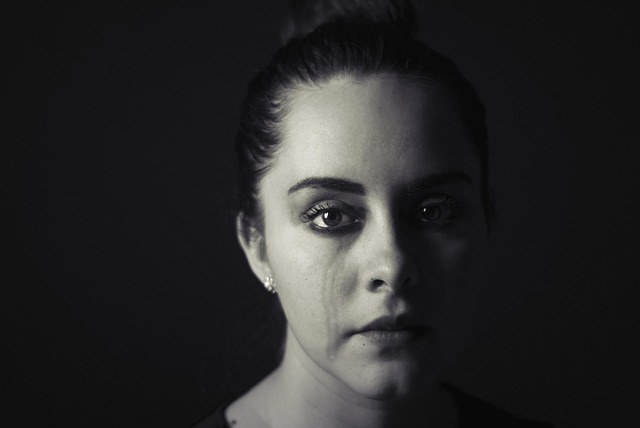Photography is more than just clicking a button; it’s about telling a story, capturing a moment, and evoking emotions. One of the most powerful tools at a photographer’s disposal is lighting. It can transform an ordinary scene into a striking image that resonates with viewers on a deeper level. When we talk about emotional lighting, we are referring to the way light shapes our perception and influences the mood of a photograph.
Imagine standing in a dimly lit room where soft light trickles through the curtains, casting warm shadows across a person’s face. This light not only enhances features but also adds a layer of intimacy and vulnerability to the image. Similarly, the golden hour—just after sunrise or before sunset—offers a magical quality of light that bathes everything in a warm glow, creating scenes brimming with nostalgia and warmth. Capturing such moments requires a careful balance of photography skills and an understanding of how optics interact with light.
The camera you choose to wield plays a pivotal role in your ability to harness emotional lighting. Using prime lenses with wide apertures allows for a shallow depth of field, helping to isolate subjects against beautifully blurred backgrounds. This technique draws the viewer’s eye directly to the subject and highlights the emotion etched in their expression. High-quality optics can enhance contrast and bring out the subtleties in shadow and light, making those emotions leap off the image.
When you’re setting up your shot, consider the type of lighting you’re dealing with. Natural light can be soft and flattering, perfect for portraits that aim to evoke compassion or tenderness. On the other hand, harsh midday sun can create stark shadows, imbuing your photo with drama and tension. Experimenting with backlighting can also produce stunning results, where light streams behind a subject, creating a halo effect that signifies hope or freedom.
Artificial lighting offers even more possibilities. Soft boxes and diffusers can create a gentle ambiance, while directional lighting can highlight specific features, drawing focus and generating emotions tied to the subject. Flash can freeze moments of action but can also be played with creatively to evoke spontaneity or surprise. Understanding how to manipulate both natural and artificial sources of light is key to mastering the emotional storytelling aspect of photography.
As you delve deeper into the world of photography, remember that capturing emotion is not just about the technical knowledge of your camera or the optics you use; it’s about connecting with your subject and your viewer at an emotional level. Play with light, experiment with shadows, and allow your images to speak volumes. With practice and an open heart, you’ll find that the power of emotional lighting can enhance your storytelling, inviting your audience into a world where feelings are as vivid as the photographs themselves.




